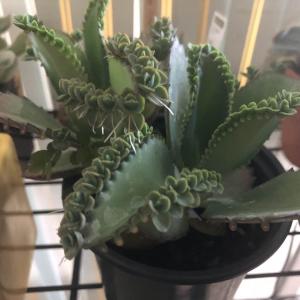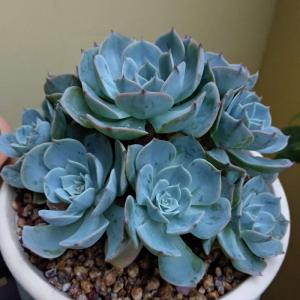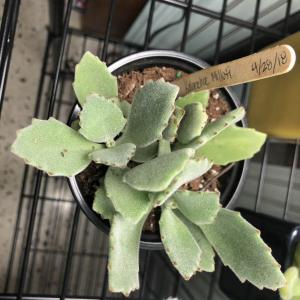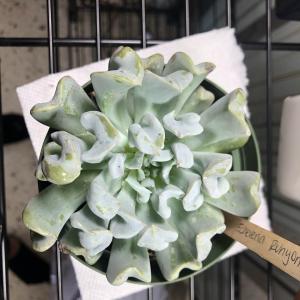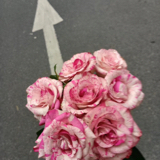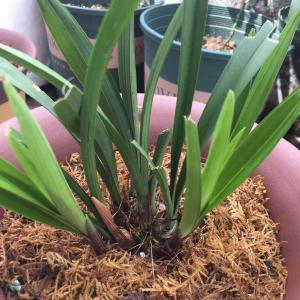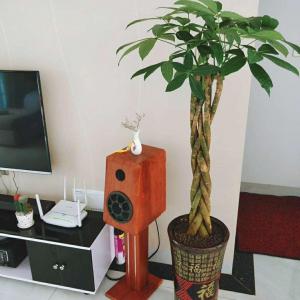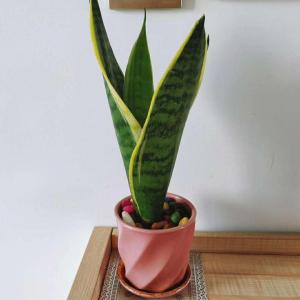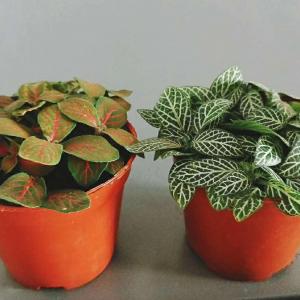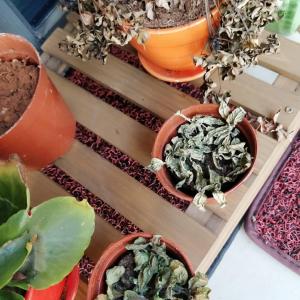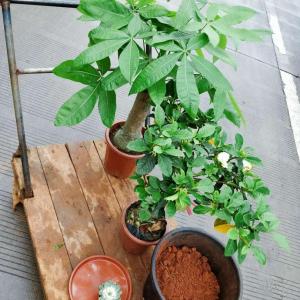MrsMissy3477
2018年05月07日

My succulent collection 😄 I rescued 8 out of the 9 from a neglectful hardware store. They'll just need a bit of time, TLC, and propagating and they'll be at their best in no time!!
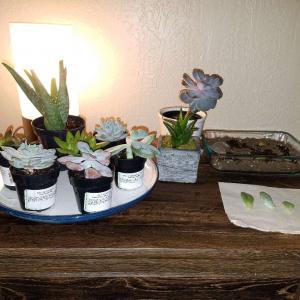

1
0
文章
Miss Chen
2018年05月01日

Description: This herbaceous perennial plant produces basal leaves 4-9" long and 1½-3½" across on short petioles (usually 2-3 per bulb). The basal leaves are ovate-oval to ovate-elliptic, light to medium green, hairless, and smooth along the margins. Their petioles are reddish, hairless, and wrapped in a basal sheath below. These leaves develop during the spring and wither away by early summer. During early to mid-summer, there develops a naked flowering stalk about ½-1½' tall. This stalk is terete, glabrous, and reddish to pale green; at its base, there is a papery sheath. The stalk terminates in a single rounded umbel of flowers spanning 1-2" across; there are typically 20-40 flowers per umbel. At the base of this umbel, there is a pair of deciduous bracts. Each flower is about ¼" across, consisting of 6 white to translucent white tepals, a light green to pale yellow ovary, 6 stamens with pale yellow anthers, and a single white style. At the base of each flower, there is a slender pedicel that is white to greenish white. The blooming period occurs during the summer and lasts about 2 weeks. Both the flowers and foliage exude an onion-like odor. After the blooming period, the ovary of each flower matures into a 3-celled seed capsule; each cell contains a single globoid seed that becomes black at maturity. The root system consists of an ovoid bulb with fibrous roots at its base. Offsets often develop, producing clonal colonies of plants.
Cultivation: The preference is dappled sunlight during the spring when the basal leaves develop, while during the summer considerable shade is tolerated as the basal leaves have withered away. The soil should consist of a rich loose loam with abundant organic matter, while moisture levels should be more or less mesic. It is easiest to introduce new plants into an area by dividing and transplanting the bulbs during the fall.
Range & Habitat: The native Wild Leek occurs occasionally in central and northern Illinois, while in the southern section of the state it is rare or absent (see Distribution Map). Habitats include mesic deciduous woodlands and wooded bluffs. The presence of this species is a sign that the original flora of a woodlands is still in intact. An introduced species, Alliaria petiolata (Garlic Mustard), can shade out the basal leaves of Wild Leek during the spring, causing the latter to decline in abundance.

Faunal Associations: The flowers attract various kinds of bees, including Halictid bees, masked bees (Hylaeus spp.), honeybees, bumblebees, and mason bees. These insects suck nectar or collect pollen. To a lesser extent, the flowers are visited by Syrphid flies, which suck nectar or feed on pollen. Occasionally, the maggots of some flies feed on the bulbs of some Allium spp. (Onions), although not necessarily Wild Leek; these species include Delia antiqua (Onion Maggot), some Eumerus spp., and some Tritoxa spp. The plant bugs, Lindbergocapsus ainsliei and Lindbergocapsus allii, also feed on Allium spp. (Onions). Another species, Thrips tabaci (Onion Thrips), sucks juices from the foliage. Deer and other mammalian herbivores rarely browse on the foliage of Wild Leek.
Photographic Location: A mesic deciduous woodlands at Busey Woods in Urbana, Illinois.
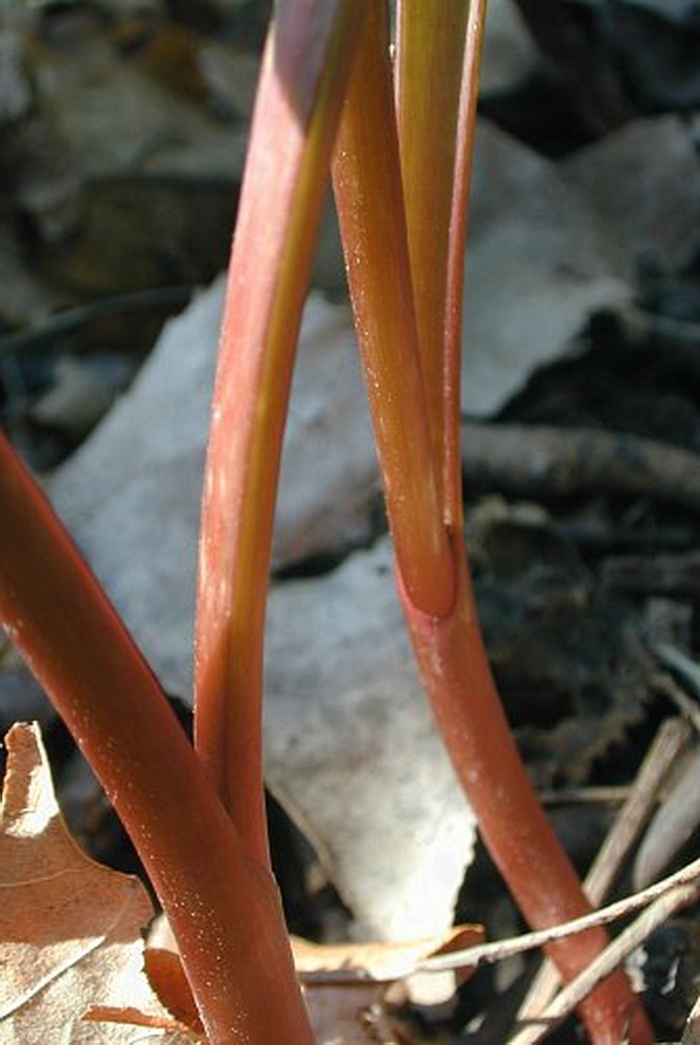
Comments: This woodland wildflower is somewhat unusual because its foliage has withered away by the time the flowers bloom. Both the foliage and flowers are attractive; the latter help to brighten the gloomy corners of woodlands during the summer. Wild Leek has the widest basal leaves (1½–3½" across) of any Allium sp. in the state. A similar species, Allium burdickii (which is also called 'Wild Leek'), has basal leaves that are about ½-1½" across. Other wild Allium spp. have leaves that are narrow and strap-like (less than ½" across). Wild Leek has about 20-40 flowers in each umbel, while Allium burdickii has 10-20 flowers in each umbel. Wild Leek has reddish leaf petioles and flowering stalks that are often reddish at the base, while the petioles and stalks of Allium burdickii are light green throughout. This latter species is restricted to wooded areas in NE Illinois and it is less common.
Cultivation: The preference is dappled sunlight during the spring when the basal leaves develop, while during the summer considerable shade is tolerated as the basal leaves have withered away. The soil should consist of a rich loose loam with abundant organic matter, while moisture levels should be more or less mesic. It is easiest to introduce new plants into an area by dividing and transplanting the bulbs during the fall.
Range & Habitat: The native Wild Leek occurs occasionally in central and northern Illinois, while in the southern section of the state it is rare or absent (see Distribution Map). Habitats include mesic deciduous woodlands and wooded bluffs. The presence of this species is a sign that the original flora of a woodlands is still in intact. An introduced species, Alliaria petiolata (Garlic Mustard), can shade out the basal leaves of Wild Leek during the spring, causing the latter to decline in abundance.

Faunal Associations: The flowers attract various kinds of bees, including Halictid bees, masked bees (Hylaeus spp.), honeybees, bumblebees, and mason bees. These insects suck nectar or collect pollen. To a lesser extent, the flowers are visited by Syrphid flies, which suck nectar or feed on pollen. Occasionally, the maggots of some flies feed on the bulbs of some Allium spp. (Onions), although not necessarily Wild Leek; these species include Delia antiqua (Onion Maggot), some Eumerus spp., and some Tritoxa spp. The plant bugs, Lindbergocapsus ainsliei and Lindbergocapsus allii, also feed on Allium spp. (Onions). Another species, Thrips tabaci (Onion Thrips), sucks juices from the foliage. Deer and other mammalian herbivores rarely browse on the foliage of Wild Leek.
Photographic Location: A mesic deciduous woodlands at Busey Woods in Urbana, Illinois.

Comments: This woodland wildflower is somewhat unusual because its foliage has withered away by the time the flowers bloom. Both the foliage and flowers are attractive; the latter help to brighten the gloomy corners of woodlands during the summer. Wild Leek has the widest basal leaves (1½–3½" across) of any Allium sp. in the state. A similar species, Allium burdickii (which is also called 'Wild Leek'), has basal leaves that are about ½-1½" across. Other wild Allium spp. have leaves that are narrow and strap-like (less than ½" across). Wild Leek has about 20-40 flowers in each umbel, while Allium burdickii has 10-20 flowers in each umbel. Wild Leek has reddish leaf petioles and flowering stalks that are often reddish at the base, while the petioles and stalks of Allium burdickii are light green throughout. This latter species is restricted to wooded areas in NE Illinois and it is less common.
0
0
文章
Miss Chen
2018年04月30日

Description: This perennial plant produces 2-3 basal leaves during the spring. These leaves are typically 6-9" long and ¾-1½" across; they are linear-oblong or elliptic-oblong in shape with smooth margins and parallel venation. The leaf surfaces are pale green to medium green and glabrous. Leaf orientation is erect, ascending, or arched and sprawling. The petioles are very short and often hidden by ground litter; they are pale green and glabrous. By early summer, the basal leaves wither away. After a short dormant period, an erect flowering stalk is produced that is 6-20" tall. This stalk is pale green, glabrous, terete, unbranched, and naked (devoid of leaves); it is surrounded by a membranous sheath at its base. At the apex of this stalk, there is a rounded umbel of 10-20 flowers about ¾-1½" across. At the base of this umbel, there is a pair of small deciduous bracts. Each flower spans up to ¼" across, consisting of 6 white to greenish white tepals, 6 stamens, and a 3-lobed ovary with a single white style. The stamens are barely exerted above the tepals. The slender pedicels are light green to greenish white. The blooming period occurs from early to mid-summer for about 2-3 weeks. The flowers, like the foliage, have an onion-like scent. Afterwards, the flowers are replaced by 3-celled seed capsules; there is only a single seed per cell. The capsules divide into 3 sections to release their seeds. The seeds are globoid, black, and shiny. The root system consists of an ovoid bulb with fibrous roots below. Usually, this bulb is enclosed by a fibrous sheath with one or more other bulbs. Clonal offsets from the production of new bulbs often occurs, resulting in dense colonies of plants.
Cultivation: The preference is dappled sunlight during the spring, while during the summer any light level is tolerated because the basal leaves have withered away by this time. Conditions should be more or less mesic; the soil should be loamy, fertile, and relatively loose with decaying organic material. Plants should not be transplanted when the basal leaves are present.
Range & Habitat: The native Narrow-Leaved Wild Leek (Allium burdickii) is occasional in NE and east-central Illinois, while in the the rest of the state it is uncommon or absent (see Distribution Map). This species is found primarily in the upper Midwest. Because Narrow-Leaved Wild Leek has not been reliably distinguished from the more common Wild Leek (Allium tricoccum) in the past, it is probably more common and widespread than official records indicate. Habitats include rich deciduous woodlands, wooded bluffs, wooded areas along rivers and streams, and cemetery prairies. Narrow-Leaved Wild Leek is an indicator that the original ground flora of a woodlands is still intact. It is currently threatened by the spread of an invasive European species, Garlic Mustard (Alliaria petiolata), in wooded areas. Narrow-Leaved Wild Leek is found in higher quality natural areas.

Faunal Associations: The flower pollinators are probably similar to those of Allium tricoccum (Wild Leek), consisting of various bees and flies. Both nectar and pollen are available as floral rewards to such visitors. Insects that feed on the bulbs, foliage, flowers, or seeds are poorly understood for Narrow-Leaved Wild Leek (Allium burdickii). However, insects that are known to feed on one or more Allium spp. (Onions) include: the larvae of Delia antiqua (Onion Maggot), Eumerus strigatus (Onion Bulb Fly), and Eumerus tuberculatus (Lesser Bulb Fly); the plant bugs Lindbergocapsus ainsliei and Lindbergocapsus allii; and Thrips tabaci (Onion Thrips). Mammalian herbivores usually avoid consumption of the foliage.
Photographic Location: Mesic woodlands in Piatt County and Vermilion County in east-central Illinois; also a cemetery prairie in Champaign County, Illinois.

Comments: Some authorities consider Narrow-Leaved Wild Leek to be a variety of the more common Wild Leek, or Allium tricoccum burdickii (see eFloras, FNA Vol. 26, pp. 224-226), while other authorities consider this species to be distinct, Allium burdickii (Mohlenbrock, 2002). The latter viewpoint has been adopted here. Narrow-Leaved Wild Leek can be distinguished from Wild Leek by its more narrow leaves (less than 1½" across), greenish petioles (rather than reddish), fewer-flowered umbels (less than 21 flowers). The bulbs of Narrow-Leaved Wild Leek are also supposed to be smaller in size, and the stamens of its flowers may be less exerted than those of Wild Leek. Because the range of these two species (or varieties) overlap, it is possible that they hybridize. As a result, some collected or photographed specimens may be difficult to classify. Both of these species (or varieties) are distinct from other Allium spp. in Illinois by their wider leaves and the absence of these leaves when the flowers bloom.
Cultivation: The preference is dappled sunlight during the spring, while during the summer any light level is tolerated because the basal leaves have withered away by this time. Conditions should be more or less mesic; the soil should be loamy, fertile, and relatively loose with decaying organic material. Plants should not be transplanted when the basal leaves are present.
Range & Habitat: The native Narrow-Leaved Wild Leek (Allium burdickii) is occasional in NE and east-central Illinois, while in the the rest of the state it is uncommon or absent (see Distribution Map). This species is found primarily in the upper Midwest. Because Narrow-Leaved Wild Leek has not been reliably distinguished from the more common Wild Leek (Allium tricoccum) in the past, it is probably more common and widespread than official records indicate. Habitats include rich deciduous woodlands, wooded bluffs, wooded areas along rivers and streams, and cemetery prairies. Narrow-Leaved Wild Leek is an indicator that the original ground flora of a woodlands is still intact. It is currently threatened by the spread of an invasive European species, Garlic Mustard (Alliaria petiolata), in wooded areas. Narrow-Leaved Wild Leek is found in higher quality natural areas.

Faunal Associations: The flower pollinators are probably similar to those of Allium tricoccum (Wild Leek), consisting of various bees and flies. Both nectar and pollen are available as floral rewards to such visitors. Insects that feed on the bulbs, foliage, flowers, or seeds are poorly understood for Narrow-Leaved Wild Leek (Allium burdickii). However, insects that are known to feed on one or more Allium spp. (Onions) include: the larvae of Delia antiqua (Onion Maggot), Eumerus strigatus (Onion Bulb Fly), and Eumerus tuberculatus (Lesser Bulb Fly); the plant bugs Lindbergocapsus ainsliei and Lindbergocapsus allii; and Thrips tabaci (Onion Thrips). Mammalian herbivores usually avoid consumption of the foliage.
Photographic Location: Mesic woodlands in Piatt County and Vermilion County in east-central Illinois; also a cemetery prairie in Champaign County, Illinois.

Comments: Some authorities consider Narrow-Leaved Wild Leek to be a variety of the more common Wild Leek, or Allium tricoccum burdickii (see eFloras, FNA Vol. 26, pp. 224-226), while other authorities consider this species to be distinct, Allium burdickii (Mohlenbrock, 2002). The latter viewpoint has been adopted here. Narrow-Leaved Wild Leek can be distinguished from Wild Leek by its more narrow leaves (less than 1½" across), greenish petioles (rather than reddish), fewer-flowered umbels (less than 21 flowers). The bulbs of Narrow-Leaved Wild Leek are also supposed to be smaller in size, and the stamens of its flowers may be less exerted than those of Wild Leek. Because the range of these two species (or varieties) overlap, it is possible that they hybridize. As a result, some collected or photographed specimens may be difficult to classify. Both of these species (or varieties) are distinct from other Allium spp. in Illinois by their wider leaves and the absence of these leaves when the flowers bloom.
0
0



